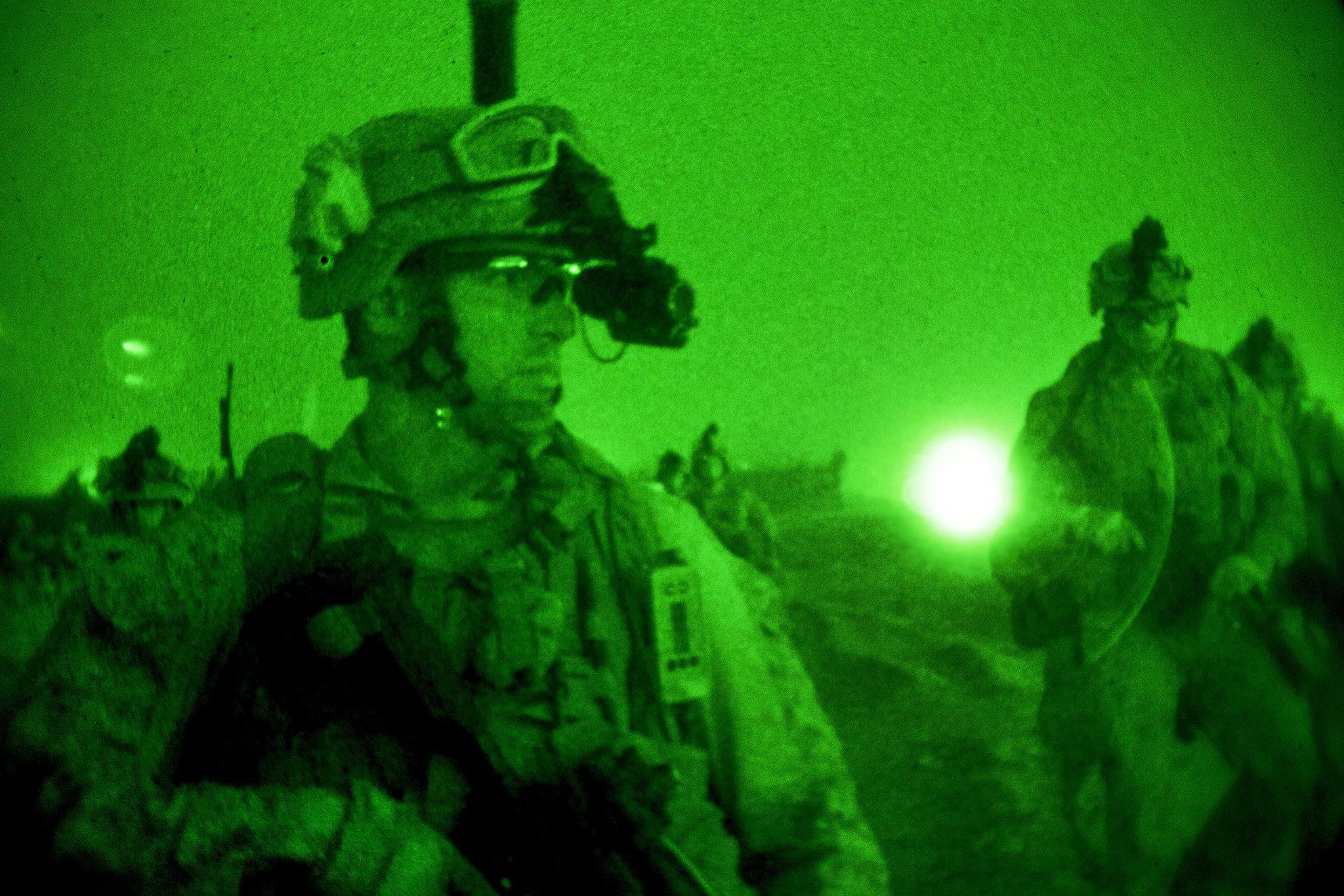U.S. and Afghan forces successfully captured insurgents using an iPhone app

What you need to know
- Soldiers were under rocket and mortar fire in Afghanistan.
- Their Blue Force Tracker device wasn't working.
- They used an iPhone to locate insurgents instead.
Having your equipment fail while under heavy rocket and mortar fire isn't something you expect when you join the army. But that's what happened when soldiers came under fire in Afghanistan. Their Blue Force Tracker (BFT) failed and, according to a PR Newswire report, they had to turn to an iPhone to get the job done.
The problem happened when forces were trying to locate insurgents, as one soldier explains.
"I'm currently deployed to Afghanistan, and we took heavy enemy rocket and mortar fire in the middle of the night. We had to respond using a quick reaction force (QRF) to kill or capture the insurgents firing at the base. We didn't have any checkpoints, only a rough sketch of the route, and the grids where we were taking fire from," said a U.S. Soldier, whose name is being withheld for operational security reasons.
Just when the situation didn't seem likely to get any worse, it did. The outfit found that their Blue Force Tracker wasn't working, so it was impossible to locate the insurgents. Until an iPhone app came to the rescue.
The Blue Force Tracker (BFT) they were trying to use was not functioning correctly, so the Soldier then quickly pulled out his iPhone and utilized Tactical NAV. He was then able to accurately pinpoint where the insurgents were located and then direct the QRF to the enemy's location.
The app displayed a map with the soldiers then able to relay grid coordinates back to base. Nobody knows what might have happened if the app wasn't available.
"It was pitch black, and the roads were super tight, so we got lost. But, by using Tactical NAV, we were able to get to the building where the insurgents were located. The app [Tactical NAV] was ridiculously helpful the entire night, as we were taking heavy PKM, rocket, and mortar fire the entire time. Using the app, we were able to find the insurgents using Tactical NAV's main map screen, and by using the app's accuracy, we communicated the grid coordinates to the tactical operations center back at base," the Soldier said.
Tactical NAV has been around since 2010 and was developed by U.S. Army Capt. Jonathan J. Springer. The app is reportedly used by "tens of thousands of military warfighters worldwide".
iMore offers spot-on advice and guidance from our team of experts, with decades of Apple device experience to lean on. Learn more with iMore!

Oliver Haslam has written about Apple and the wider technology business for more than a decade with bylines on How-To Geek, PC Mag, iDownloadBlog, and many more. He has also been published in print for Macworld, including cover stories. At iMore, Oliver is involved in daily news coverage and, not being short of opinions, has been known to 'explain' those thoughts in more detail, too.
Having grown up using PCs and spending far too much money on graphics card and flashy RAM, Oliver switched to the Mac with a G5 iMac and hasn't looked back. Since then he's seen the growth of the smartphone world, backed by iPhone, and new product categories come and go. Current expertise includes iOS, macOS, streaming services, and pretty much anything that has a battery or plugs into a wall. Oliver also covers mobile gaming for iMore, with Apple Arcade a particular focus. He's been gaming since the Atari 2600 days and still struggles to comprehend the fact he can play console quality titles on his pocket computer.
